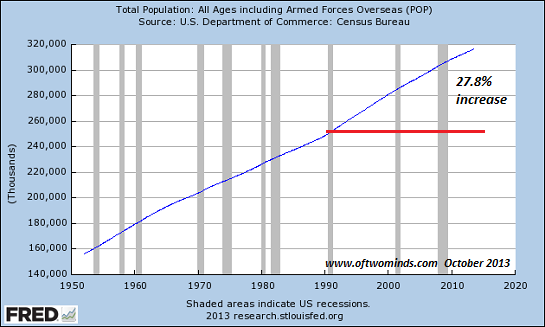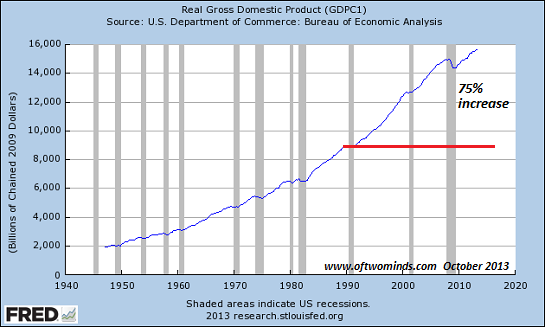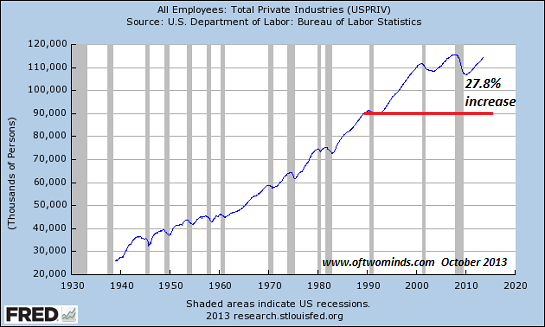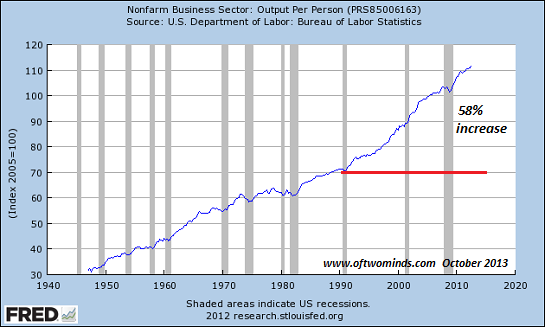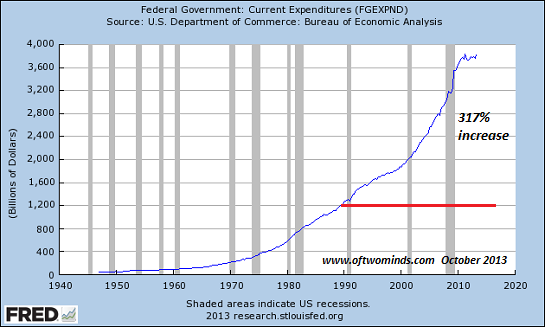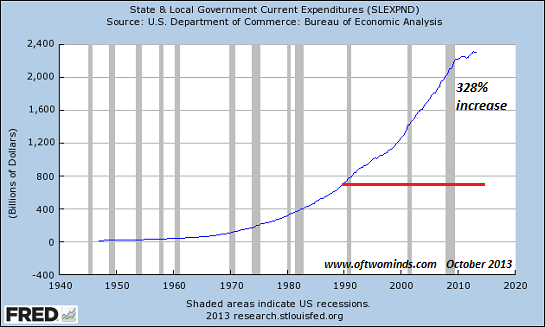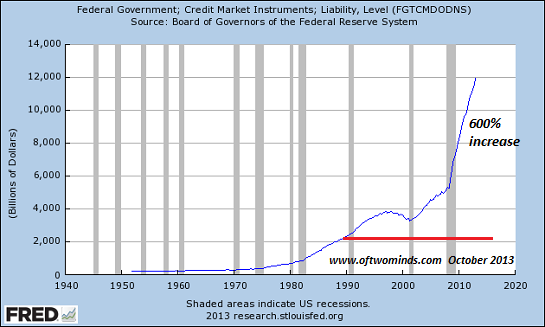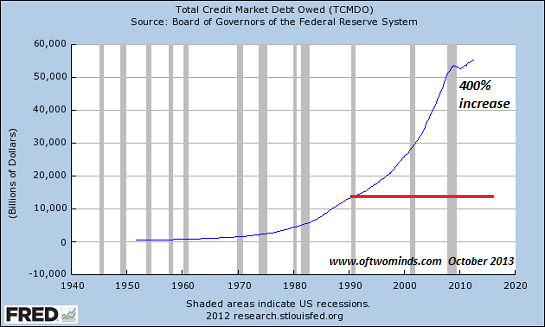The Republican war with President
Barack Obama over funding the government and the new health-care
law will play out in the coming days and months. The conflict
now exposed within the party may shape its future for years.
An intraparty tug-of-war, largely confined to campaign
primaries during the past three years, is exposed on the
national stage as Republicans challenge each other on tactics as
a
government shutdown looms, coming as early as tomorrow.
“The circus created the past few days isn’t reflective of
mainstream Republicans -- it projects an image of not being
reasonable. The vast majority of Republicans are pretty level-headed and
are here to govern,” said Representative Michael Grimm, a
New York Republican.
“This is a moment in history for our party to, once and
for all, put everything on the table. But at some point we’re
going to come together and unify,” Grimm said, adding that the
“far-right faction” of the party “represents 15 percent of
the country, but they’re trying to control the entire debate.”
It’s a civil war that has beset the party before, as base
activists grow impatient with established leaders they claim
have grown complacent in the anti-government fight. The results
can be unpredictable, perhaps more so this time given that it’s
taking place 13 months before the next election.
Goldwater ’64
The rise of
Barry Goldwater in 1964 as the Republican
presidential nominee ended in the landslide election of
Democratic President
Lyndon Johnson. The revolt led by
Newt Gingrich, then a Georgia congressman, culminated in the 1994
Republican House takeover after 40 years in the minority.
Gingrich, who became the House speaker, and his majority
prompted the 1995-96 partial government shutdowns, which dimmed
the party’s approval ratings and fueled the re-election of
President
Bill Clinton.
“This is a battle that has been under way slowly since
2010 and is now coming to a head,” said
David Redlawsk, a
political science professor at
Rutgers University in New
Brunswick,
New Jersey. “This is part of a bigger question about
what that party is going to be. That may have major
repercussions in another year.”
The fight in Congress today is between members who want to
avoid that fate of Gingrich’s majority and those convinced
conditions have changed to their advantage.
Health Law
“I’ve been elected to fight for the people back home,
wherever that takes us,” said Representative Mark Meadows, a
North Carolina Republican. “We’re united in our efforts to do
all we can to avert a shutdown. We’re trying to offer a
compromise.” Meadows said health-care law “is not ready for
prime time.”
Concern about the potential impact of the federal closure
sent stocks lower in Asian trading. The MSCI Asia Pacific Index
lost 1.4 percent as of 3 p.m. Tokyo time, and Standard & Poor’s
500 Index futures sank 0.8 percent. U.S. government securities
rallied, with yields on benchmark 10-year notes slipping to 2.60
percent, from 2.625 percent late last week.
The tactics of a group of Republicans are causing angst
among some established party leaders and fundraisers who worry
that the infighting is obscuring what could otherwise be a
winning political moment.
Fundraiser’s Concern
“I fully understand where the
Tea Party and like-minded
people are coming from, that Obamacare is a tragically flawed
law and it’s not good for the country, but I would also have to
add that shutting down the government is not a good for the
country,” said Fred Malek, a Republican fundraiser.
“At a time politically where Obama is in a very weak
position resulting from his handling of the situation in Syria,
the economic situation, and the implementation of a health-care
law that is going to be really rocky, we’re basically going in
and seizing defeat from the jaws of victory politically,” he
said. “You’ve got a flawed law that’s bad for the country being
met with a flawed approach that is also very bad for the country,
and I don’t think it’s good politically or substantively.”
Sal Russo, chief strategist of the Sacramento, California-based Tea Party Express, a political action committee that
advocates smaller government, said the episode in Washington is
pleasing to movement activists.
“There was a lot of frustration that Republicans weren’t
doing anything,” he said. “This is going to encourage them to
do more.”
Intransigence Tag
It’s unfair to place all of the blame for the fight at the
feet of Republicans who come of the party’s Tea Party wing,
Russo said. If Obama and Senate Majority Leader
Harry Reid
“look intransigent, they will be the losers,” he said. “There
is plenty of room for compromise, but the Democrats and the
president have shown no willingness to compromise.”
Russo said Tea Party Republicans will also want a fight
over the nation’s borrowing limit, which the Treasury says will
be exhausted no later than Oct. 17. If Congress doesn’t lift the
cap, the nation will default on its
debts.
“The American public understands you have to pay the bills
you run up,” he said. “I also think it is worthy of a fight
and I think there is going to be one.”
The congressional fight is providing new energy to the
movement, Russo said. “People are fired up that some people are
willing to stand up,” he said.
Strategist Outrage
Several Republican strategists have privately expressed
outrage in recent weeks at the lengths to which some of their
own party’s activists are willing to go to stoke shutdown fervor,
complaining that they are spending more time and money targeting
their party colleagues while giving Democrats a pass. The
Republicans requested anonymity because they didn’t want to
publicly disparage party allies.
Among the targets of their complaints are the
Heritage
Foundation, helmed by former Republican Senator
Jim DeMint of
South Carolina, which has been leaning on Republicans to tie
keeping the government open to defunding the health-care law,
and the Senate Conservatives Fund, a political action committee
DeMint founded that backs Republican primary candidates.
The fund released a television advertisement Sept. 5 saying
Senate Minority Leader
Mitch McConnell of Kentucky is “refusing
to lead on defunding Obamacare,” and last week accused him and
Republican Senator
John Cornyn of Texas, the No. 2 leader, of
“the ultimate betrayal” for allowing a government-funding bill
to go forward.
Radio Ads
It’s also running radio ads against Republican senators in
a handful of states pressuring them to oppose funding the
health-care law. While the group has yet to endorse any Senate
Republican primary candidates, both McConnell and Cornyn are
facing re-election next year, and the Kentuckian has drawn a Tea
Party-backed Republican rival, businessman Matt Bevin.
Avoiding such primary challenges is driving much of the
strife, said
Dan Schnur, the Jesse M. Unruh Institute of
Politics director at the University of
Southern California, in
Los Angeles.
“There are 30 or 40 House rebels who all know there is no
way they could ever lose a general-election campaign, no matter
how hard they tried, and the only way they don’t get to stay in
Congress is if they face a more conservative primary
challenger,” Schnur, an aide in Republican Senator
John McCain’s 2000 presidential campaign, said in an interview.
Of the 232 Republicans in the House, 215 represent
districts that voted for Republican nominee Mitt Romney over
Obama. The midterm election is likely to be more pro-Republican
than the 2012 election, when Obama’s national campaign was
driving turnout. That creates few political incentives for
compromise, as most of their districts were anti-Obama in 2012
and probably will be again in 2014.
High Stakes
House Speaker
John Boehner of Ohio has less pressure to
exert on members than outside groups urging confrontation,
Schnur added. “Boehner can take away a committee assignment --
these groups can take away their jobs,” Schnur said.
Keith Appell, a consultant whose clients include Tea Party-aligned groups, said “if they cave again they’re looking at
multiple primaries in the spring and their base sitting home in
the fall, in a base election. Caving is not an option.”
Representative Trent Franks, an
Arizona Republican, said
he’s frustrated that his party can’t advocate vigorously without
being accused of “wanting to eviscerate and destroy all of
government.” Still, the political risks prompted him to
initially back a different strategy for fighting the health-care
law and funding the government.
“Harry Reid will do everything he possibly can to
precipitate a shutdown because, no matter what happens,
Republicans will be blamed,” he said of the Senate majority
leader, a Nevada Democrat. “Unfortunately, I think that’s
partly of our own doing. We’ve allowed the Democrats to chase us
with a government shutdown much like a little boy on the
playground chases a little girl with a spider.”
To contact the reporters on this story:
Heidi Przybyla in Washington at
hprzybyla@bloomberg.net;
Julie Hirschfeld Davis in Washington at
jdavis159@bloomberg.net
To contact the editor responsible for this story:
Jeanne Cummings at
jcummings21@bloomberg.net
